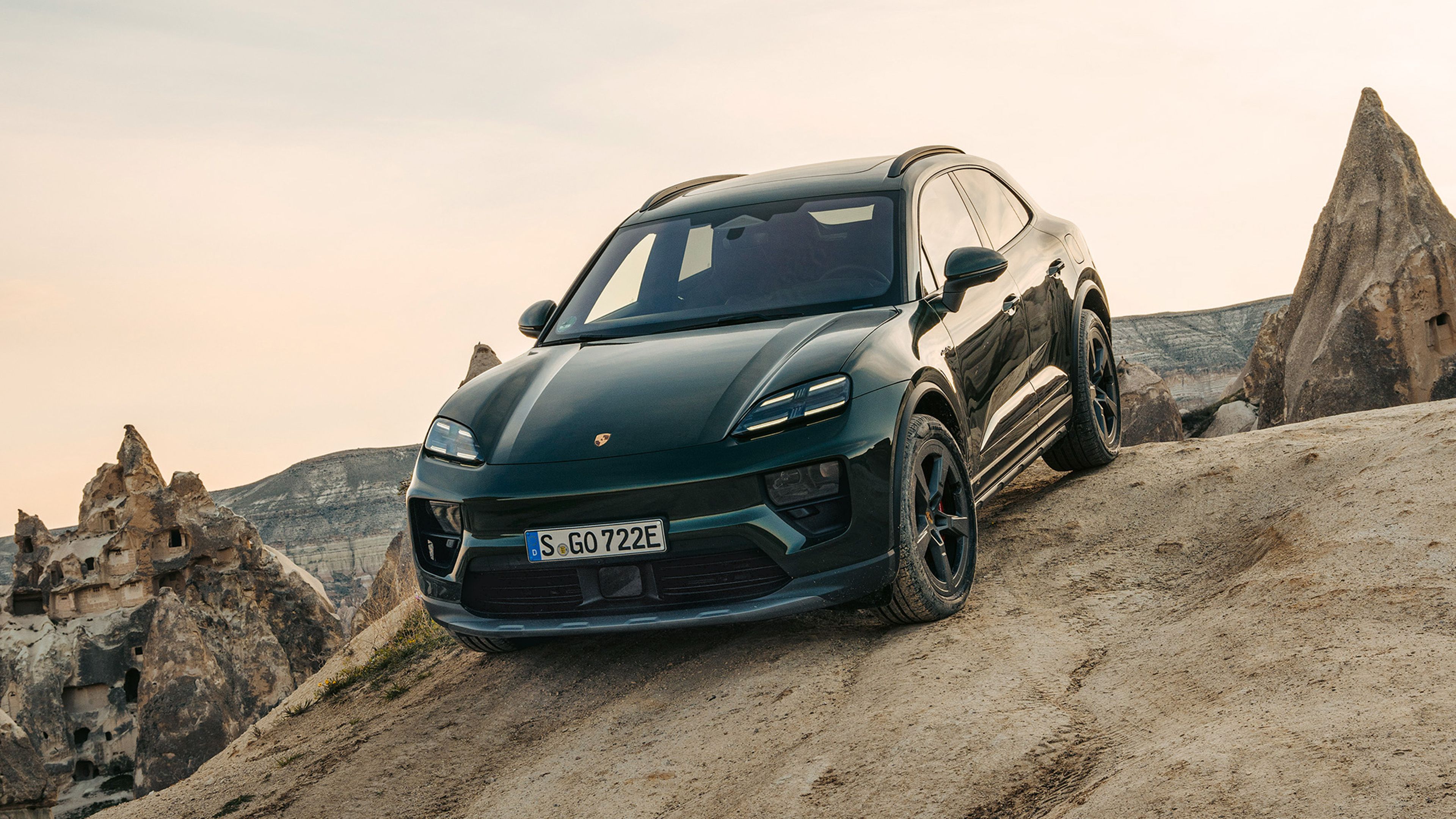慢下腳步,翻開雜誌,沉浸於保時捷的世界。
《Christophorus》雜誌以其專屬性、獨特性與啟發性,成為保時捷車迷不可錯過的珍品。自 1952 年創刊以來,它記錄了保時捷品牌的非凡故事,包括人物專訪、產品創新、品牌歷史及賽車運動。這本雜誌與保時捷跑車品牌幾乎同齡,至今仍以其迷人內容激勵著全球讀者。
這本保時捷官方印刷雜誌每年全球發行四期,以 10 種語言出版,單期印量高達 60 萬冊,被公認為全球最具聲望的企業雜誌之一。更值得一提的是,《Christophorus》的歷史版本已成為收藏家爭相尋覓的珍品。



第 415 期
祕境巡遊
奇岩怪石、斑斕熱氣球、千年洞窟與美食佳餚——卡帕多奇亞 (Cappadocia) 以魔幻地貌鋪展絕景舞台。這片土地處處令人驚艷,正如《Christophorus》團隊探索這處土耳其祕境的座駕——全新 Macan 4S。為了盡可能探索這個土耳其地區,我們多數時刻仰賴了這款純電跑旅的越野模式。

訂閱資訊
《Christophorus》每年出版四期,訂閱售價 24 歐元。
)